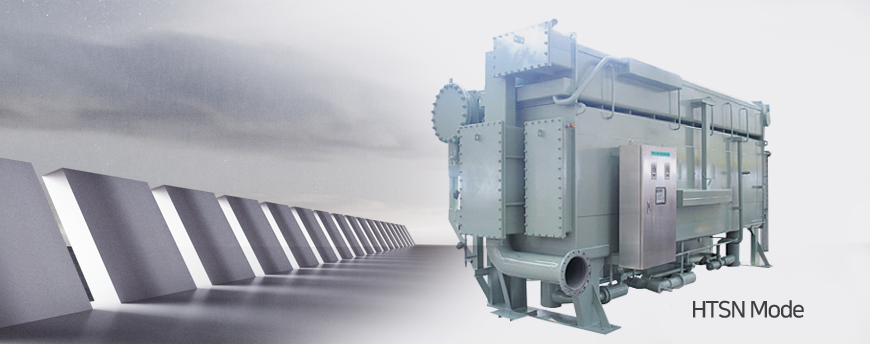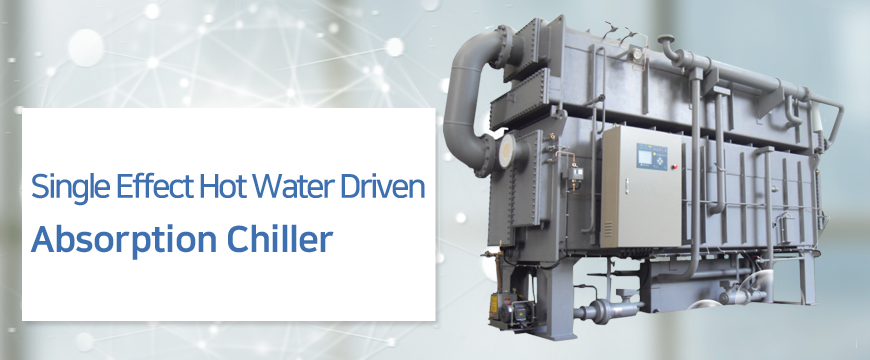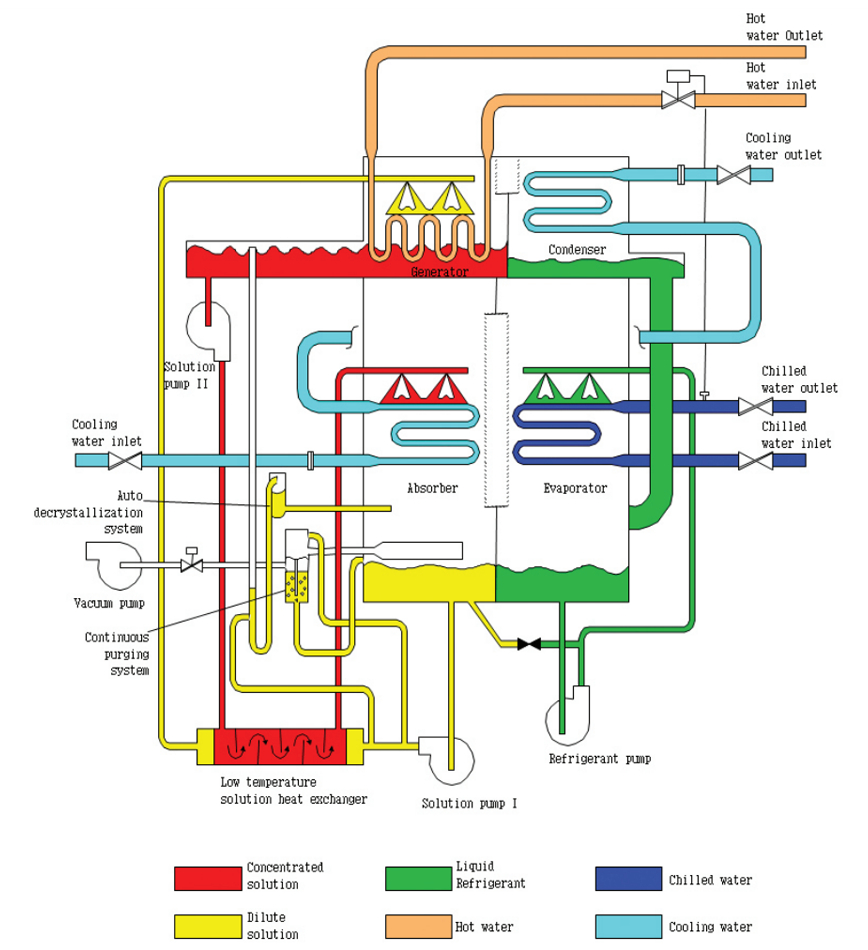The best technology
The most advanced level of technical power

EVAPORATOR
ABSORBER
HIGH PRESSURE GENERATOR
LOW PRESSURE GENERATOR
CONDENSER



High Peliability and Durability
Easy Operation and Maintenance
High Effciency
Various application field
Others
